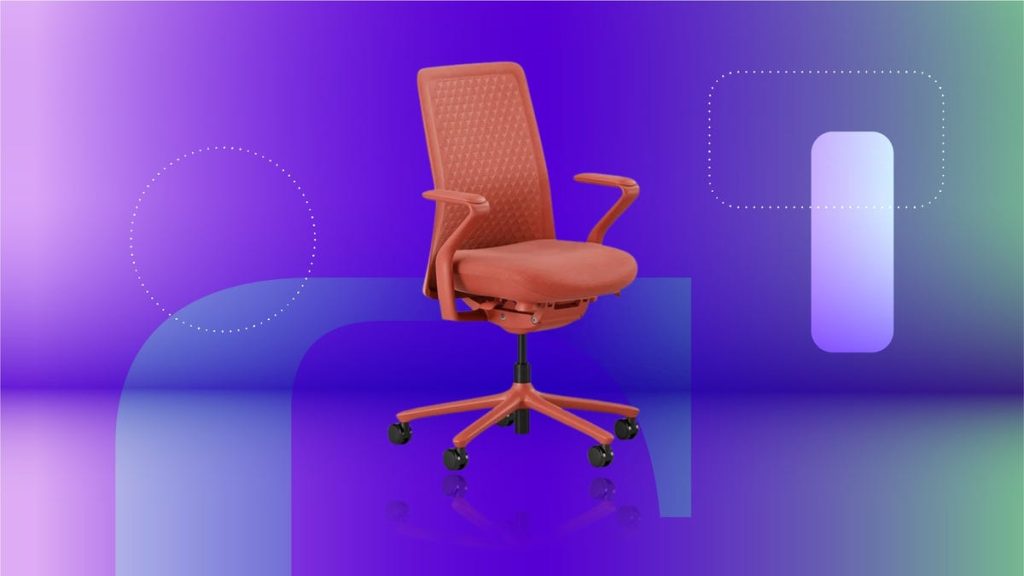Ergonomics is the study of making work more efficient and comfortable, not just in office settings but in any activity. It involves principles that can help prevent pain and discomfort, such as making sure your chair provides proper support and your feet are well-positioned. A poorly set up workstation can lead to problems like back pain, carpal tunnel syndrome, or tendonitis in the long term. To improve your work setup, experts recommend sitting with your back against the chair and supporting your feet either on the floor or with a footrest. Using a lumbar cushion if your chair lacks lumbar support can also help maintain the natural curve of your back.
Gary Allread, from Ohio State University’s Spine Research Institute, emphasizes the importance of looking at the big picture when it comes to ergonomics. Simply getting an ergonomic chair is not enough to ensure comfort and productivity in the workplace. Companies are starting to introduce chairs in different sizes to accommodate a wider range of body shapes, which is crucial in creating a comfortable work environment. Allread suggests that individuals should not solely rely on a chair to alleviate discomfort but should also consider other factors that contribute to their overall well-being at work.
In addition to using ergonomic chairs, there are other adjustments you can make to your workstation to improve comfort and prevent pain. These include setting up your computer screen at eye level to prevent neck strain and using a headset or speakerphone for long phone calls to avoid cradling the phone between your ear and shoulder. Taking short breaks to stretch and move around can also help reduce the risk of musculoskeletal issues. If you work in an office, varying your tasks and changing positions throughout the day can prevent repetitive strain injuries.
It’s also important to pay attention to your posture throughout the day, whether you’re sitting or standing. Proper posture involves keeping your back straight and your shoulders relaxed to avoid putting strain on your neck and back muscles. Using ergonomic tools like adjustable desks or standing desks can help you switch between sitting and standing positions, which can reduce the risk of developing musculoskeletal problems. Incorporating regular exercise and stretching into your routine can also improve your overall muscle strength and flexibility, which is essential for maintaining good posture and preventing injuries in the long run.
In conclusion, ergonomics plays a crucial role in creating a comfortable and safe work environment. By implementing ergonomic principles and making simple adjustments to your workstation, you can prevent musculoskeletal issues and improve your overall well-being at work. Remember that getting an ergonomic chair is just one piece of the puzzle; it’s essential to consider other factors such as posture, workstation setup, and breaks throughout the day. Taking a holistic approach to ergonomics can help you stay healthy, productive, and comfortable while working, whether in an office or any other setting.















